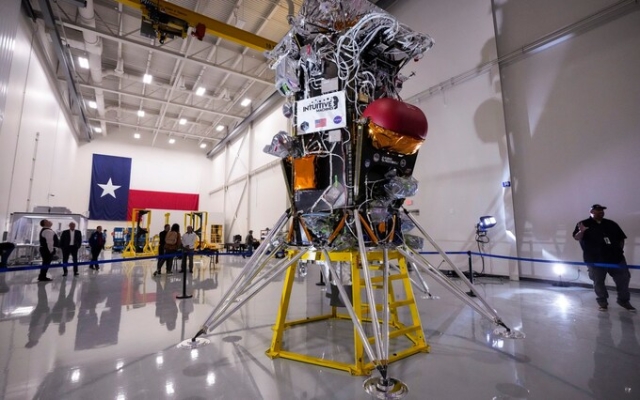 Intuitive machines' The Nova-C Lunar Module, which hopes to make history by landing on the Moon. Photo: Getty Images/Brett Coomer
Intuitive machines' The Nova-C Lunar Module, which hopes to make history by landing on the Moon. Photo: Getty Images/Brett Coomer
The US could return to the moon for the first time in more than 50 years this month with the landing of the first private lunar lander.
The Nova-C spacecraft was developed by US company Intuitive Machines and is scheduled to lift off from Cape Canaveral in Florida on Wednesday.
If all goes well as planned, it will land on the moon on February 22. This will be the first time the US has soft-landed on the lunar surface since the last Apollo mission in 1972.
It would also mark the first time a private company has landed on the Moon after a number of failed attempts over the past year, and could usher in a new era of commercial lunar exploration.
The spacecraft is carrying payloads for NASA to help the agency prepare to return humans to the Moon in 2025 as part of the Artemis mission.
It will land in the Malapert A crater, approximately 185 miles from the Moon's South Pole, which is one of the candidate sites for the Artemis mission.
< p>«We're getting closer to the South Pole,» said Susan Lederer, NASA's IM-1 mission scientist. «It's really good for understanding the science and what the Moon is like at the South Pole, because of course Artemis Base Camp is planned to be at the South Pole.
» So it helps us really start to understand the geology where astronauts will eventually land on the surface of the Moon.»
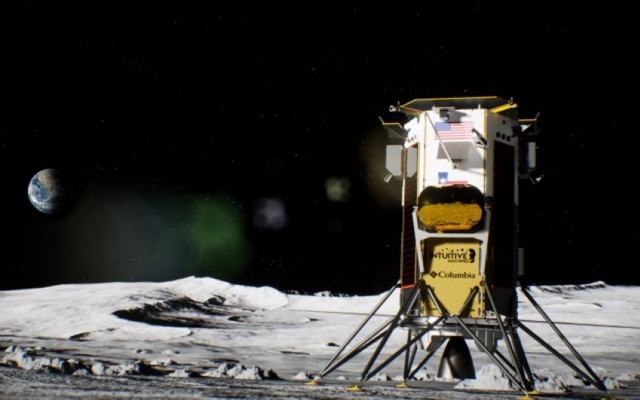 What Intuitive Machines and NASA hope to see after the Nova-C lunar lander lifts off from Cape Canaveral on Wednesday. Photo: Intuitive Machines and NASA
What Intuitive Machines and NASA hope to see after the Nova-C lunar lander lifts off from Cape Canaveral on Wednesday. Photo: Intuitive Machines and NASA
The lander will also install a lunar node, the first in a set of nodes that will eventually form a lunar GPS, to aid navigation and determine landing sites.
Shortly before landing, the spacecraft will launch «EagleCam» is a camera cube that will take a series of images, providing the first film of the spacecraft landing on the moon.
Tim Crane, chief technology officer at Intuitive Machines, said: “The best thing we have is the Apollo missions. You land, set up the camera and see them take off, but no one has ever seen a lander land on another celestial body. So this is very exciting for us.”
The mission will also carry a payload from Columbia Sportswear to test its all-infinity insulation material in harsh conditions.
If successful, more two. missions are planned, one of which will dive to the surface of the Moon.
Landing on the Moon is notoriously difficult, and only the United States, Russia, India, China and Japan have achieved this feat. All attempts by private companies have so far failed.
Last month, Astrobotic's Peregrine lunar lander was forced to abandon its mission due to a fuel leak just hours after launch.
< p>And last April, the Hakuto-R lander, built by the Japanese company ispace, lost contact with mission controllers and crashed onto the lunar surface.


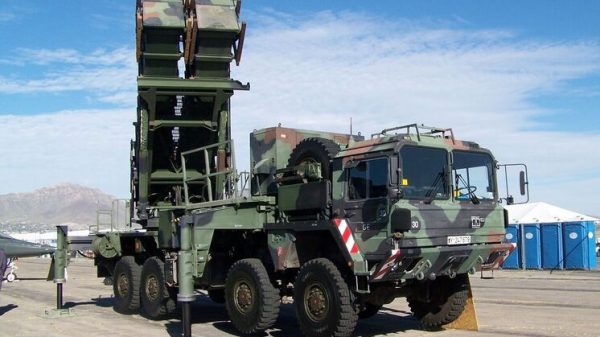




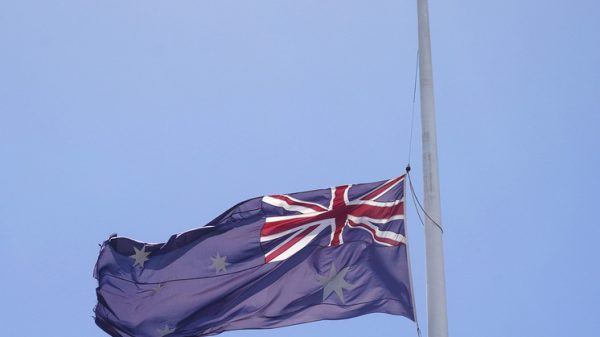










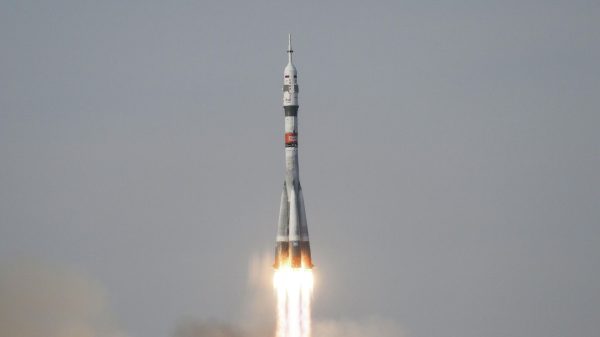

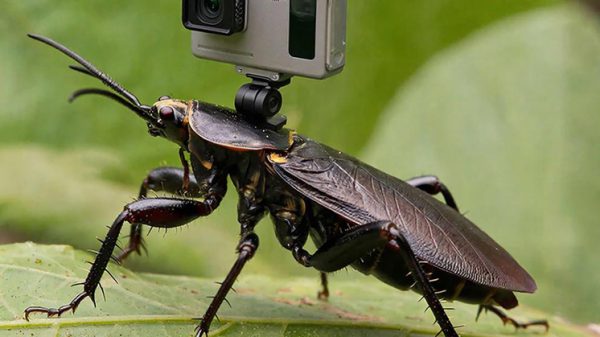












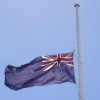


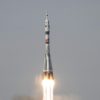


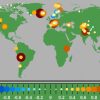
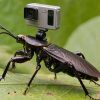







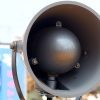




Свежие комментарии